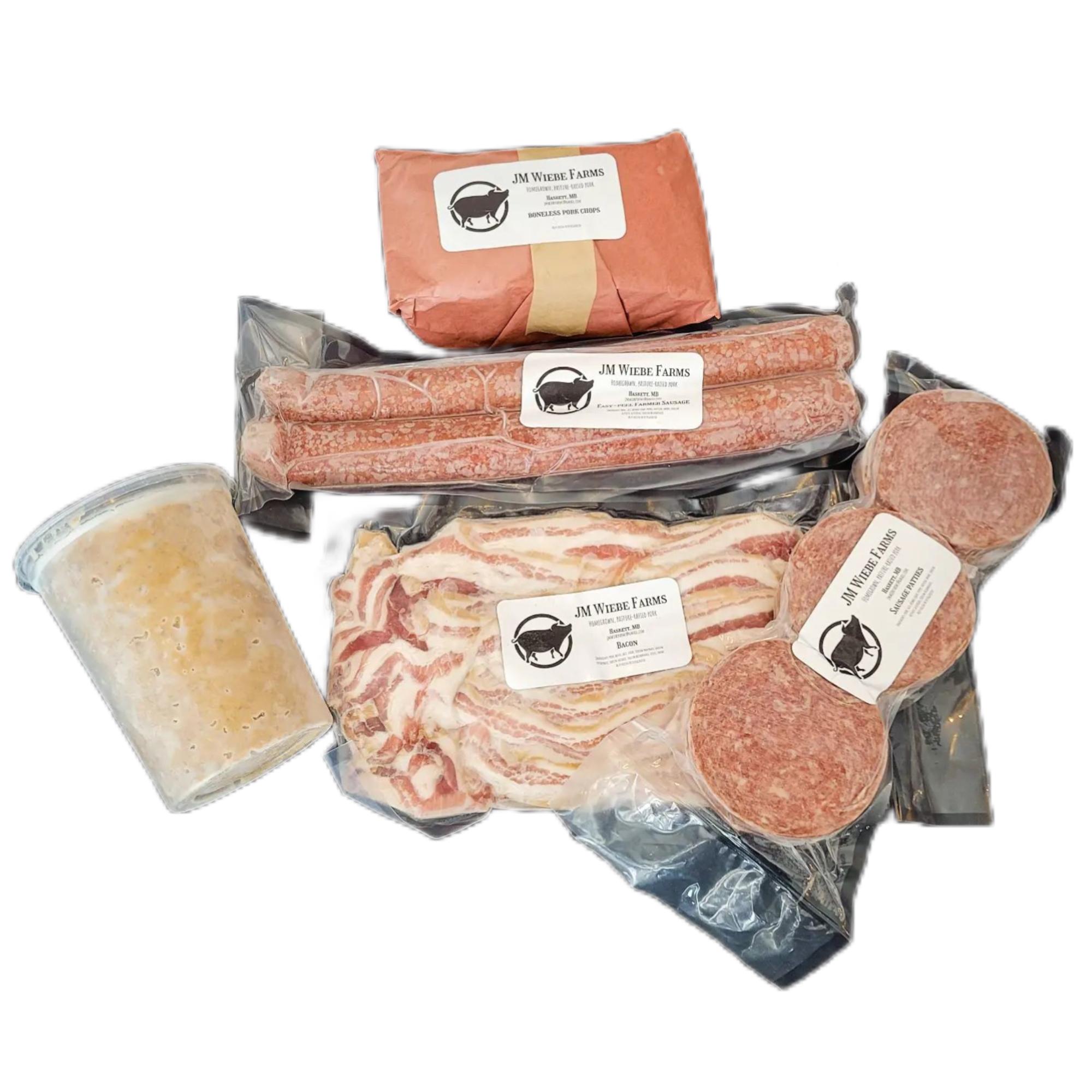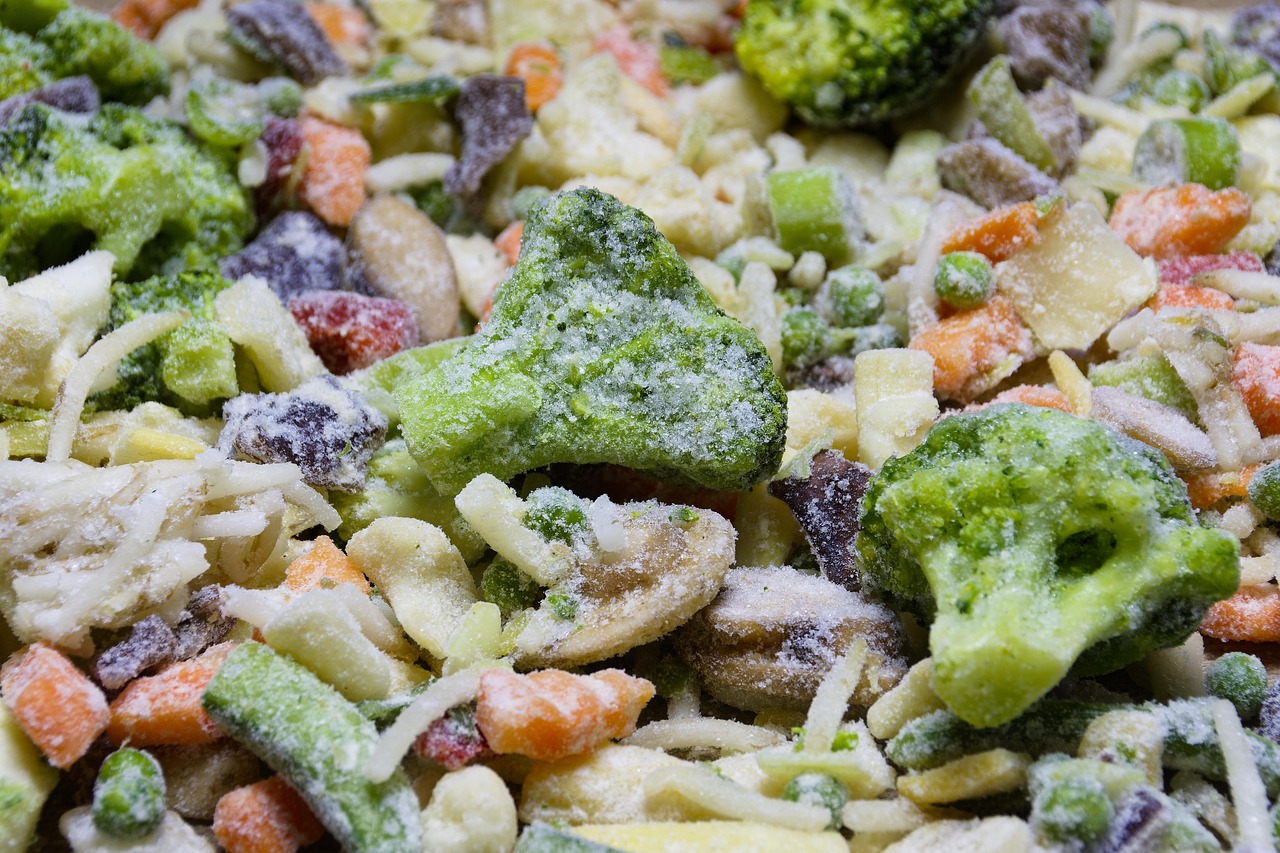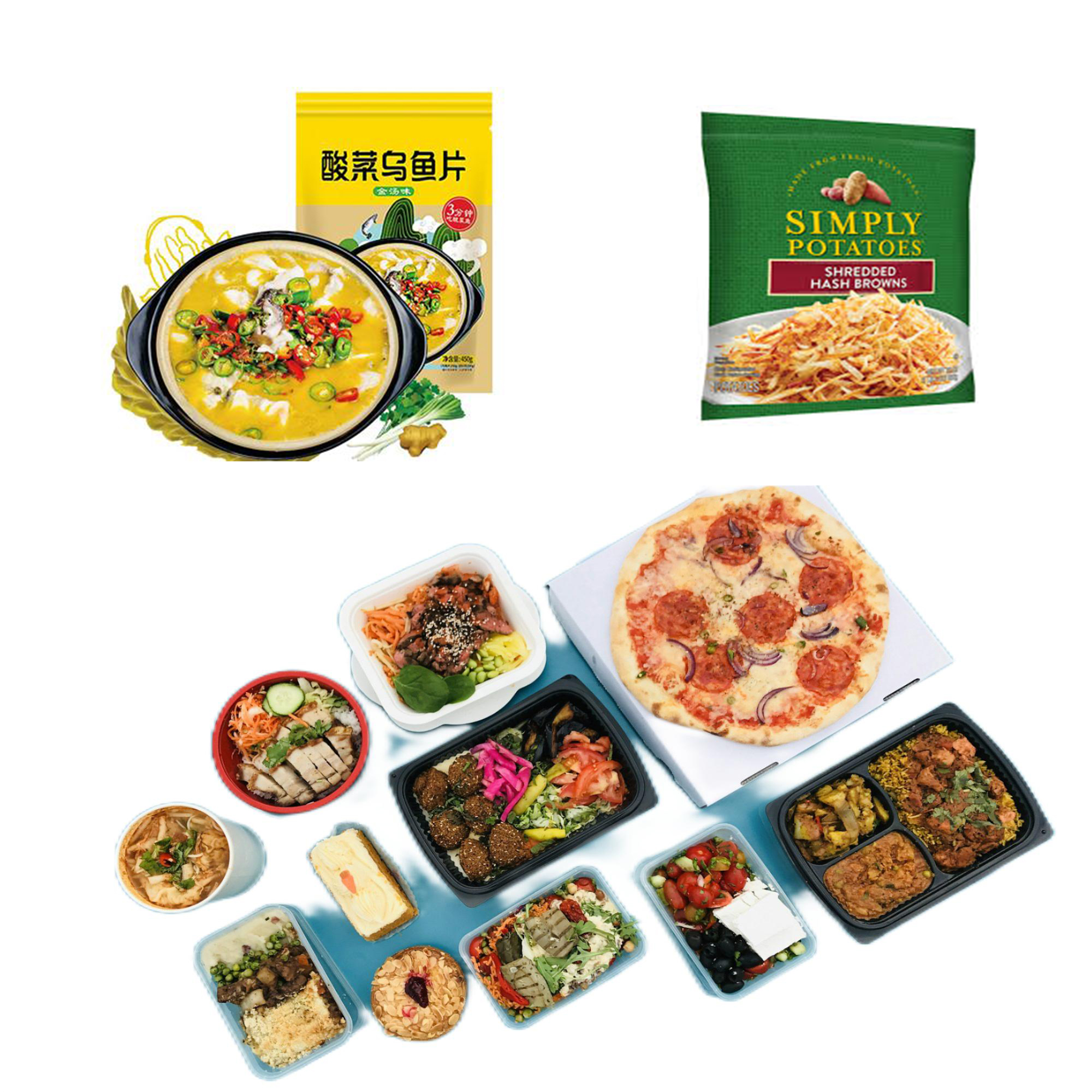Are you interested in learning more about coffee packaging, design, and packaging solutions? Do you want to automate your coffee packaging to keep up with market demands? This article covers everything from the materials used to the finished coffee packaging solutions available today, providing insights to help you choose the best packaging for your coffee business.

Understanding the History of Coffee Packaging
The evolution of coffee packaging reflects the growth of the coffee industry and technological advancements. Here’s a brief history:
- Early Packaging (Before the 19th Century): Coffee was stored and transported using basic containers such as jute bags, beeswax-treated bags, and cans. These simple packaging solutions offered limited protection, focusing mainly on storage and ease of transport.
- 19th Century Industrial Revolution: The introduction of tin cans during this period helped extend coffee’s shelf life. As machinery became more widespread, coffee packaging industrialized, with paper bags becoming the standard for commercial coffee packaging, facilitating marketing and mass distribution.
- Late 20th Century: With the rise of instant coffee and ready-to-drink options, coffee packaging became more lightweight, including single-serve cups and bottled beverages designed for convenience.
- Early 21st Century: Coffee packaging saw significant innovations with the introduction of bags featuring one-way valves, aluminum foil linings, and resealable closures to enhance coffee freshness and prevent exposure to air.
- Today: Modern coffee packaging trends focus on sustainability, using low-carbon, compostable, and reusable materials to meet eco-conscious consumer demands.
Coffee Packaging Applications
Depending on your coffee business, different packaging solutions cater to specific needs such as whole bean, ground coffee, and instant coffee packaging.
- Whole Beans
Typically packaged using multi-layer composite materials with a one-way valve to protect against oxygen and moisture. The valve allows carbon dioxide to escape without letting air in, ensuring the beans stay fresh. Resealable closures add convenience for consumers. - Ground Coffee
Ground coffee is more susceptible to moisture and spoilage. It is often packaged in aluminum foil bags with vacuum sealing to remove air and preserve flavor. - Instant Coffee
Lightweight sachets or stick packs are popular for instant coffee, providing single-serving portions that are easy to carry and convenient for on-the-go use.
Types of Coffee Packaging
Choosing the right packaging type depends on factors like budget, product type, and brand image. Here’s an overview of popular coffee packaging options:
Gusseted Bags/Flat Bottom Bags
Created using vertical form fill seal machines, gusseted bags are cost-effective and can stand upright on shelves, making them ideal for display. Flat bottom bags, also known as Stabilo bags, feature five printable panels for extensive branding.
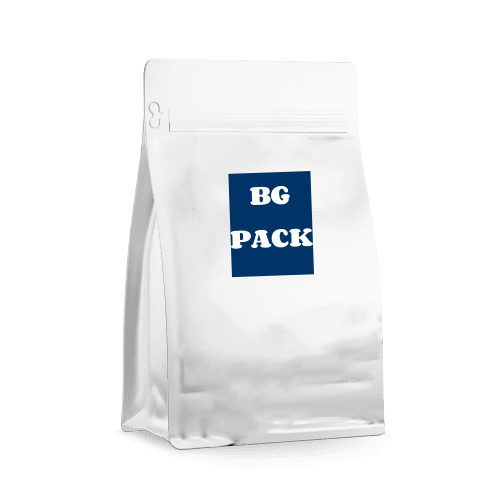
Ayakta Duran Poşetler
Stand-up pouches are popular for their stability and dual printable surfaces, offering both functionality and cost savings. They often include resealable closures and one-way valves for preserving coffee freshness.
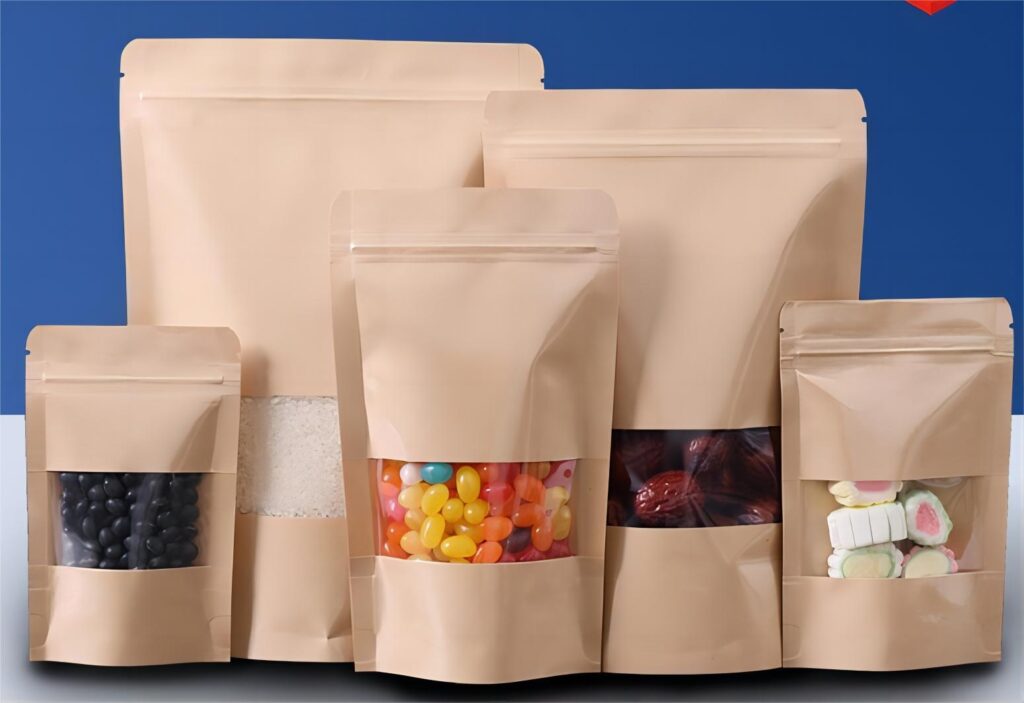
Stick Packs
Stick packs are perfect for single-serving instant coffee. They are compact and easy to carry, offering convenience for consumers who want to brew a single cup on the go.
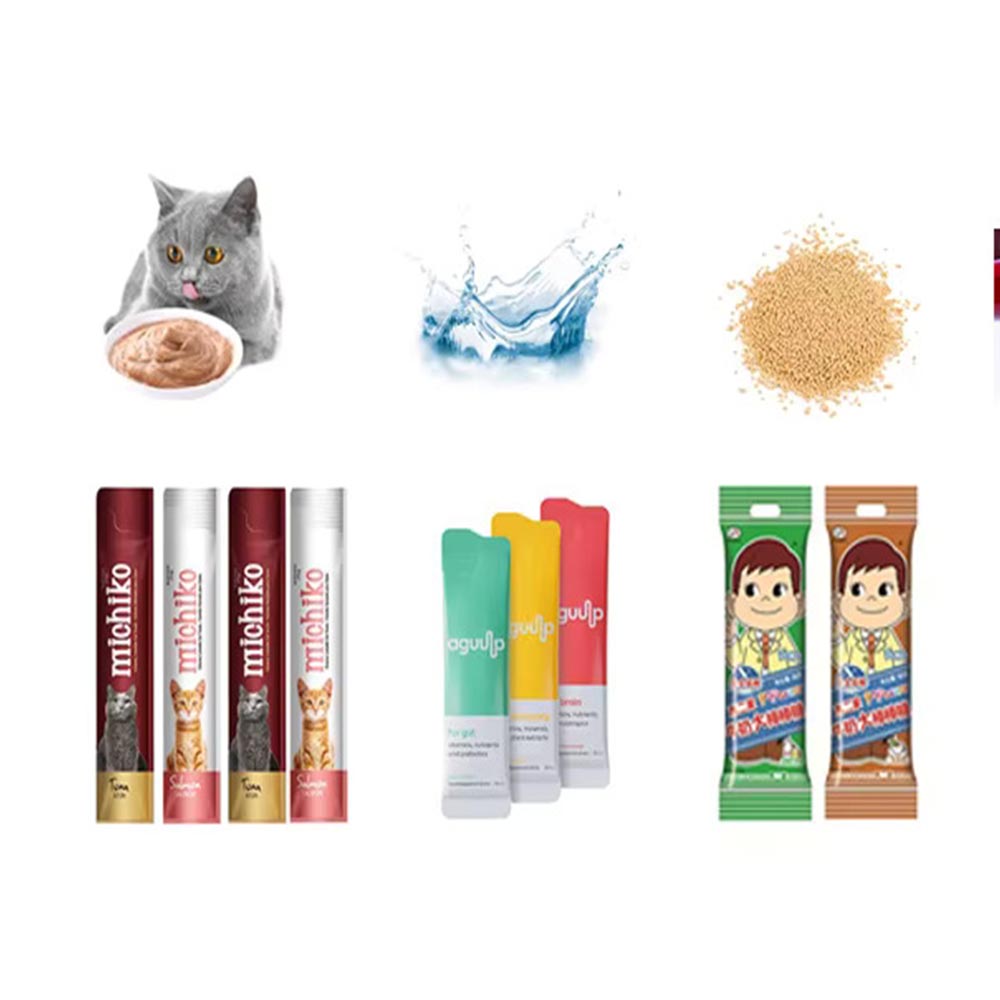
Sachets
Ideal for drip coffee or steeped coffee, sachets are sealed on three or four sides and are often used as outer packaging for these formats.
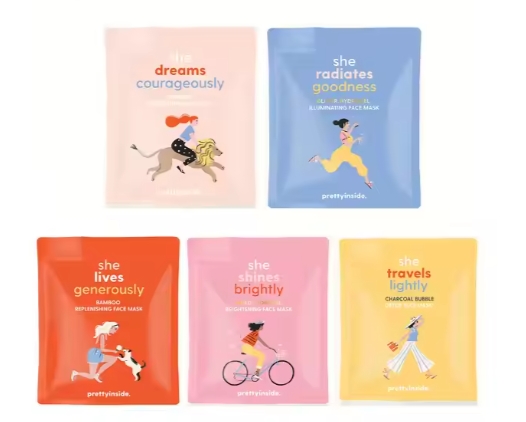
Vacuum Brick Bags
Vacuum brick bags are used when vacuum sealing is necessary to preserve freshness. Made from aluminum foil film, these bags have a brick-like shape achieved through a series of processing steps, including vacuuming, sealing, and smoothing.
Materials Used in Coffee Packaging
Proper materials are essential for keeping coffee fresh. Common materials include:
- Multi-Layer Composite Materials
These cost-effective options are typically used for coffee packaging. They consist of multiple layers (e.g., plastic and aluminum foil) to provide strong barriers against light, air, and moisture. - Aluminum Foil
Known for its excellent barrier properties, aluminum foil keeps coffee fresh for long periods. It is often combined with vacuum sealing for maximum preservation. - Kraft Paper
Kraft paper is a sustainable and biodegradable option. When combined with PLA film, it offers eco-friendly packaging that meets consumer expectations for environmentally responsible products.
Sustainable Options in Coffee Packaging
With growing interest in sustainability, here are some eco-friendly coffee packaging options:
- Biyolojik olarak parçalanabilir malzemeler
Biodegradable packaging made from PLA (a plant-based plastic) and kraft paper can degrade in industrial composting facilities, reducing environmental impact. - Geri dönüştürülebilir malzemeler
Using recyclable plastic or paper materials helps reduce waste. Recyclable coffee packaging aligns with consumer preferences for sustainable options. - Eco-Friendly Inks
Sustainable inks with low VOC emissions make packaging more environmentally friendly. They are biodegradable and recyclable, supporting overall sustainability goals.
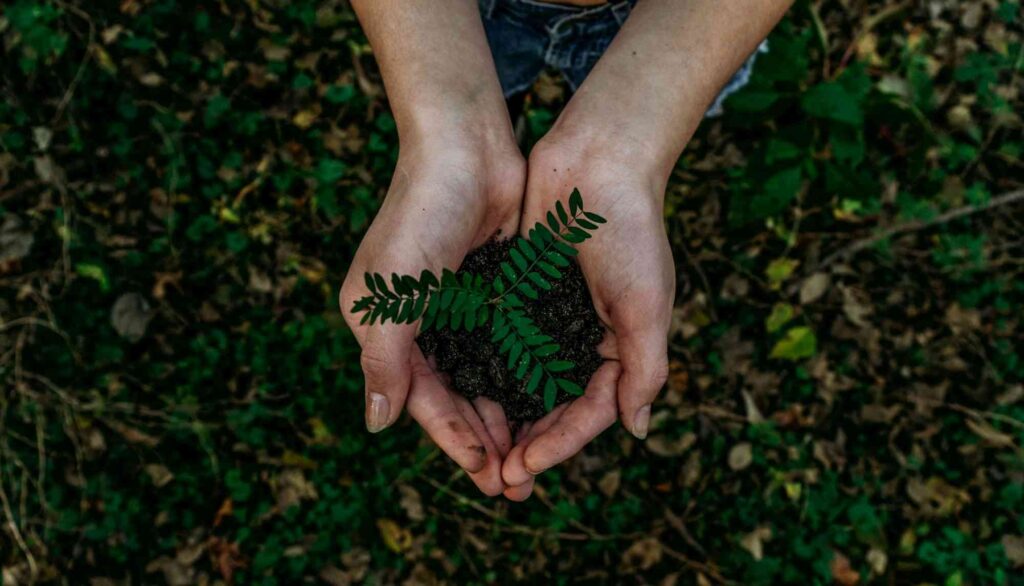
Maintaining Coffee Freshness and Aroma During Packaging
Preserving the freshness and flavor of coffee requires attention to several factors:
- Light-Proof Sealing
Use multi-layer composite films with aluminum foil linings to block light and prevent air and moisture from entering. - Vakumlu Paketleme
Vacuum packaging removes air from the bag, helping preserve flavor and prevent spoilage. - One-Way Exhaust Valves
These valves allow carbon dioxide from freshly roasted coffee to escape without letting air back in, keeping the coffee fresh. - Nitrogen Flushing
Replacing oxygen in the packaging with nitrogen before sealing helps prevent oxidation. - Resealable Closures
Resealable zippers or closures at the top of the bag allow consumers to reseal the package after opening, maintaining freshness. - Desiccants
Including desiccant packets in the packaging helps absorb excess moisture, keeping the coffee dry and fresh.
Choosing the Right Coffee Packaging Machine
Different machines can meet various coffee packaging needs:
Vertical Forhttps://www.bengangmachinery.com/packing-machine/vertical-form-fill-seal-machine/m Fill Seal (VFFS) Machines
Ideal for packaging options like pillow bags, gusseted bags, and flat bottom bags. They measure the coffee, form the bag, and seal it, all in one machine.
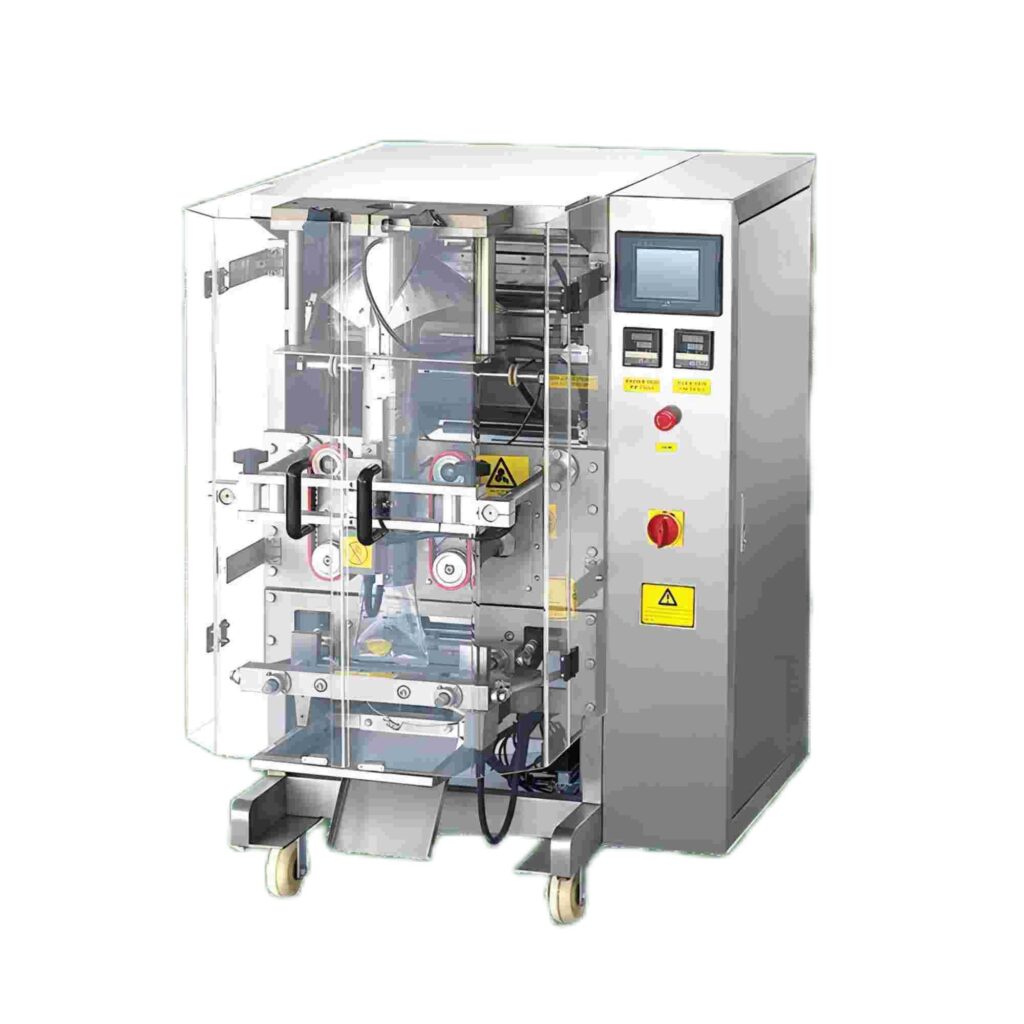
Premade Pouch Packaging Machines
Suitable for automated packaging using pre-made pouches with resealable closures. These machines fill, seal, and output bags with precision.
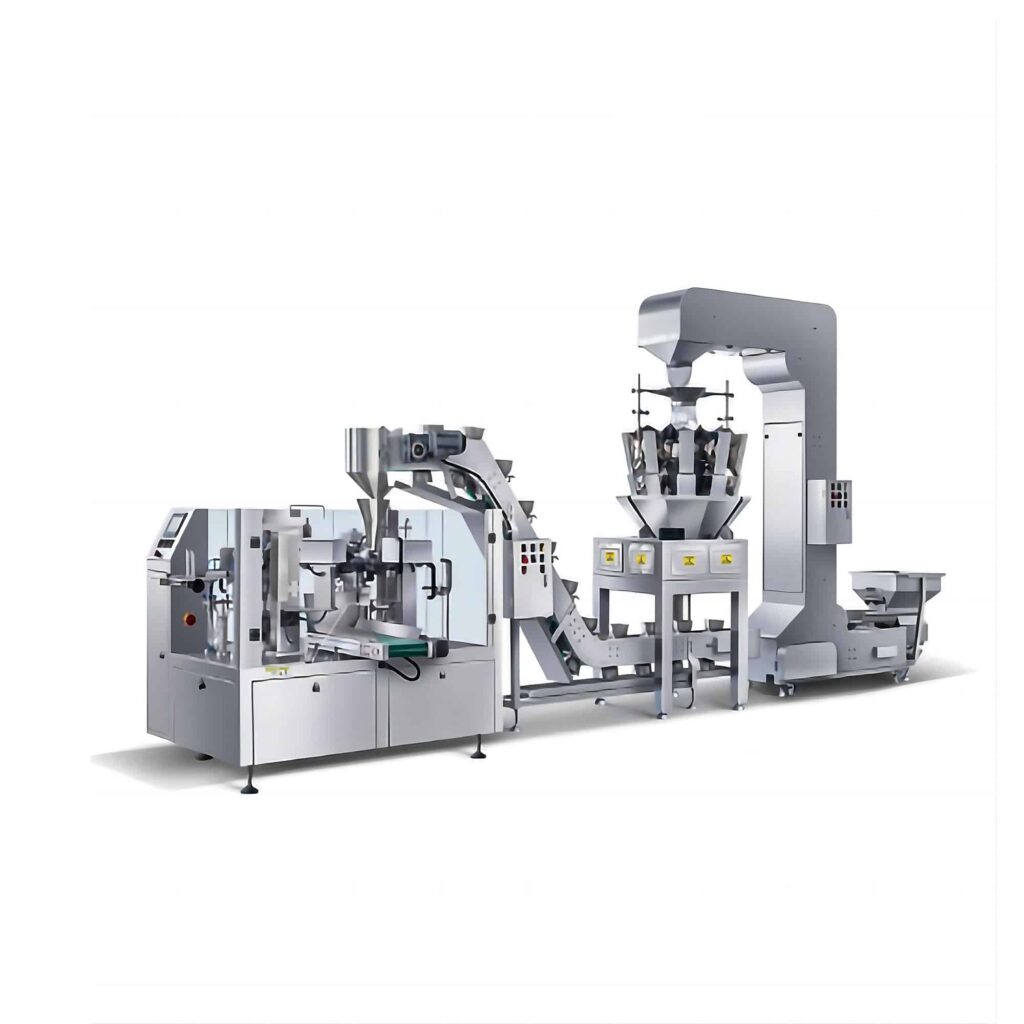
Sachet Packaging Machines
Compact vertical machines that form small sachet bags for instant coffee, offering features like tear notches and seal styles for easy opening.

Coffee Packaging Design and Branding
Effective coffee packaging is more than functional; it should also appeal to consumers through design and branding:
- Packaging Information
Include company details, coffee origin, roast level, flavor profile, and any unique features. - Design Elements
Choose colors, graphics, and materials that align with your brand identity. Minimalist or bold designs can communicate different messages to customers. - Examples of Effective Coffee Packaging Designs
- Peet’s Navigator Series: Uses dark and vibrant colors with nautical themes to highlight the brand’s commitment to quality coffee from diverse origins.
- Seesaw Creative Coffee: Employs colorful, minimalist illustrations representing different flavor notes, appealing to consumers who appreciate artistic packaging.
- Tasogare Coffee: Features a Bohemian-inspired pattern and essential product details, maintaining freshness with a reusable seal and one-way valve.
Frequently Asked Questions About Coffee Packaging
1. What Are the Best Materials for Coffee Packaging?
The material used for coffee packaging plays a crucial role in maintaining freshness and quality. Some popular options include:
- Foil Bags
Often lined with aluminum, foil bags provide excellent protection against oxygen, light, and moisture. They are commonly used for high-quality coffee because of their superior barrier properties. - Kraft Paper Bags
Kraft paper is an eco-friendly option that offers a more natural look. It is suitable for short-term storage but may require a lining or additional barrier to ensure long-term freshness. - Plastic Pouches
Plastic pouches are versatile and can be resealable, making them convenient for consumers. However, they may not offer the same level of protection as foil-lined options.
Quick Fact: According to a survey, about 65% of coffee packaging includes foil or composite materials for better preservation.
2. Why Do Some Coffee Bags Have One-Way Valves?
One-way valves allow gases (mostly carbon dioxide) released by freshly roasted coffee to escape from the bag without letting oxygen in. This helps maintain the coffee’s freshness and prevents the bag from bursting due to gas buildup.
3. How Does Packaging Influence the Shelf Life of Coffee?
Packaging significantly impacts the shelf life of coffee. Properly packaged coffee can maintain its flavor for months, while poorly packaged coffee may go stale in a matter of weeks.
- Whole beans in sealed, one-way valve bags can stay fresh for 3-6 months.
- Ground coffee typically has a shorter shelf life, lasting 1-3 months when stored in a well-sealed package.
The storage environment also matters; coffee should be kept in a cool, dark, and dry place.
4. What Are Some Sustainable Coffee Packaging Options?
As sustainability becomes a priority for many consumers, coffee brands are increasingly turning to eco-friendly packaging. Options include:
- Compostable Bags
Made from plant-based materials, compostable bags break down in composting facilities, reducing their environmental impact. - Recyclable Bags
Bags made from recyclable plastic or paper can be reprocessed and used again, helping to reduce waste. - Reusable Tins or Jars
Some brands offer reusable packaging options, such as tins or glass jars, which customers can refill.
Çözüm
Coffee packaging has evolved significantly over the years, with modern solutions focusing on functionality, aesthetics, and sustainability. Understanding the different materials, packaging types, and machines can help you choose the best option for your coffee business. Whether you need vacuum brick bags, resealable pouches, or stick packs, choosing the right coffee packaging can preserve freshness, showcase your brand, and meet market demands.





